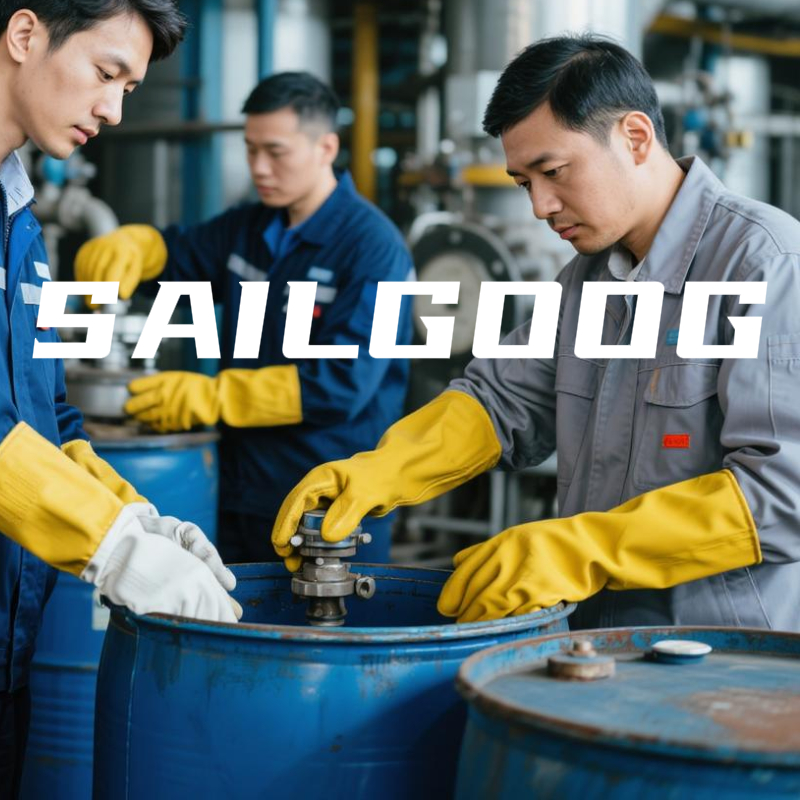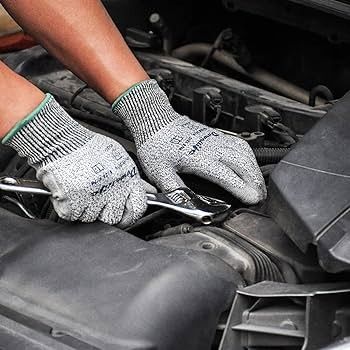Safety Helmet Use and Replacement Guidelines - SAILGOOD
Upload Time:
Jun 18, 2025
Safety Helmet Use and Replacement Guidelines
A safety helmet is one of the most critical components of personal protective equipment (PPE) on construction sites, factories, and industrial zones. It protects the wearer from head injuries caused by falling objects, electrical shock, or collisions. However, not all workers are aware of how to properly use safety helmets or how long they remain effective.
Common Mistakes When Using Safety Helmets
Despite being mandatory in most job sites, safety helmets are often used incorrectly. Here are the most common issues:
1. Wearing the helmet backward
Unless the helmet is specifically designed to be reversible, wearing it backward reduces protection and violates safety standards.
2. Modifying or drilling holes
Altering the helmet shell to add accessories compromises structural integrity and voids certification.
3. Storing in direct sunlight
Leaving helmets in hot, sunny areas (like on car dashboards) can degrade the plastic and reduce impact resistance.
4. Using expired or damaged helmets
Even if a helmet looks intact, age and exposure may have weakened it significantly.
How Long Is a Safety Helmet Valid?
Most safety helmets have a recommended lifespan of 3 to 5 years, depending on the manufacturer and usage environment.
-
Manufacturing date is usually printed under the brim or inside the shell.
-
For example, if the helmet was made in January 2022, and the lifespan is 4 years, it should be replaced no later than January 2026.
-
Frequent exposure to UV rays, chemicals, heat, or cold can shorten lifespan.
Tip: Always mark the first-use date and perform regular visual inspections.
Maintenance Tips to Extend Helmet Life
-
Clean the shell and suspension with mild soap and water (no solvents).
-
Store in cool, dry places away from direct sunlight.
-
Replace the suspension system every 12 months or as needed.
When Should You Replace a Helmet Immediately?
-
If it has visible cracks or dents
-
After any significant impact, even if damage is not visible
-
If the shell becomes brittle or discolored
-
If the suspension is loose, stretched, or torn
Summary
A safety helmet only protects you when it's used correctly and replaced on time. By understanding the usage guidelines and expiration timeline, workers can ensure better safety and compliance on site.
Contact SAILGOOD for Certified Safety Helmets
Looking for durable, industry-certified helmets with customizable branding?
Email: [email protected]
Website: www.sailgood.com
OEM/ODM Services for Safety Helmets and PPE Available
Relevant News








